Earlier this month, March twenty seventh to be precise, marked 101 years since Abe Goldstein grew to become the primary Jewish world champion of the bantamweight division. An orphan from New York’s Decrease East Aspect, Goldstein skilled an uncommon and hard-fought climb to the championship at a time when the bantamweight class was loaded with elite-level warriors. Amongst these Abe would face earlier than attaining his probability at glory are such top-shelf skills as Joe Lynch, Child Williams, Frankie Genaro, Johnny Buff, Pancho Villa, and Joe Burman. They had been all stars, however to the Jewish individuals of New York Metropolis, Goldstein was one thing extra; he was “The Delight of the Ghetto.”
Like virtually each different boxing nice, Abe Goldstein rose from the anonymity, prejudice, and poverty of a tricky childhood. From the ages of two to 13, Abe grew up within the Hebrew Orphan Asylum of Brooklyn on Amsterdam Avenue, between 136th and 138th Streets. After an older brother married and moved into a house, younger Abe left the orphanage to hitch his brother. He first labored as an errand boy for a Wall Avenue inventory brokerage however misplaced the job upon discovering boxing. Younger Abe missed someday’s work attributable to his ring coaching and was promptly fired. His subsequent job as a cub reporter for a Bronx newspaper was not so robust to maintain; he lined the paper’s boxing information.
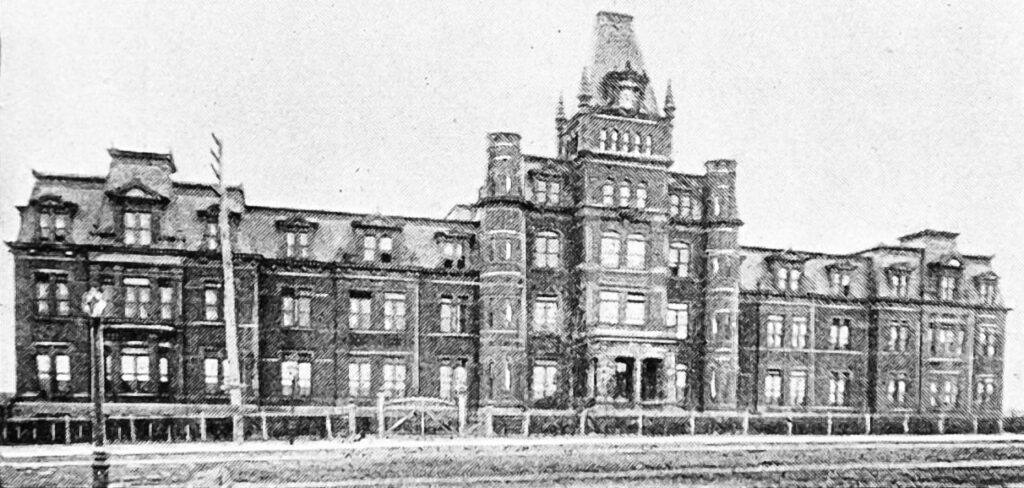
“Goldstein has an excellent enterprise college training, is an skilled stenographer, and is critically contemplating a legislation profession when his boxing days are over,” the Buffalo Industrial would later report of him.
Goldstein, or his administration, later claimed to newspapers that he joined the Service provider Marine through the Nice Struggle whereas nonetheless in his mid-teens, visiting Scotland, Russia, and Chile. Nonetheless, by the early months of 1916, Abe was initially of his beginner boxing profession as a 17-year-old flyweight, preventing out of the Y.M.H.A. (Younger Males’s Hebrew Affiliation) on 92nd Avenue – now well-known domestically because the 92nd Avenue Y, although it was then in a special constructing from the present location. Then as now, the 92nd Avenue Y was a middle for non secular, mental, and athletic tradition for New York Metropolis Jewish males. If he joined the Service provider Marine through the struggle, he spent a lot of his time stateside. Most of his beginner bouts seem to have occurred at Brooklyn’s Crescent Athletic Membership, now a constructing on the grounds of Saint Ann’s personal college. His first coach was the Y.M.H.A.’s Nat Oak.
The novice fighter from the Decrease East Aspect quickly befriended a novice coach from the Decrease East Aspect. Born in Indiana however raised in New York for the reason that age of 4, Ray Arcel was eleven months youthful than Goldstein. He had a short profession as a light-weight boxer, however discovered the function of coach extra to his liking. The 16-year-old Arcel was an avid and bold pupil of the sport. He was then figuring out of Grupp’s Gymnasium on 116th Avenue, serving an apprenticeship beneath a few of the greatest trainers within the enterprise. Over the subsequent seven a long time, he would grow to be arguably essentially the most achieved and revered boxing coach of all time, working the corners of Benny Leonard, Barney Ross, James Braddock, Henry Armstrong, Ezzard Charles, Roberto Duran, Larry Holmes, and hundreds of different boxers. However Abe Goldstein got here first.
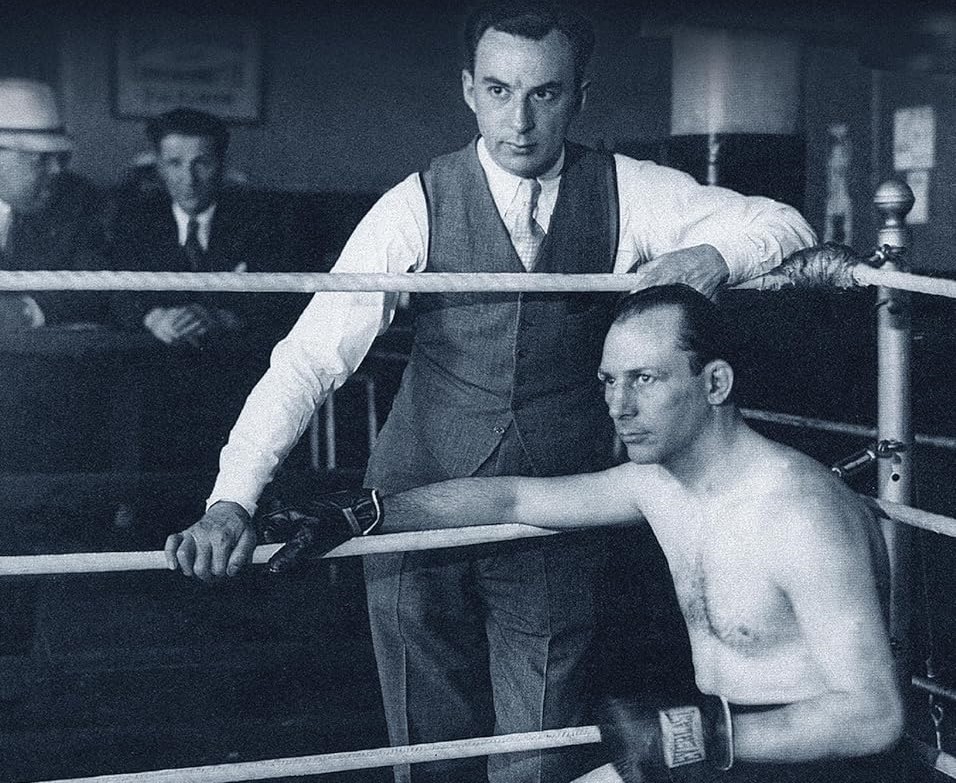
“Pretty, beautiful man. Good,” an ageing Arcel would later bear in mind of his outdated pal. Their pockets empty and their heads stuffed with desires, the 2 teenagers discovered side-by-side on the job. Their first collaboration was a 1916 bout towards one Jacke Eile, a future professional and “a lad with a repute,” as Arcel later recalled. “I count on I used to be extra bother than assistance on that event,” Arcel advised his biographer Donald Dewey, “however, anyway, Abe received, and when he stated, ‘You probably did fairly good tonight, Ray,’ I knew my profession had began.”
Presumably, Goldstein joined his pal over at Grupp’s. Later, each would comply with light-weight celebrity Benny Leonard in relocating from Grupp’s to the unique Stillman’s Fitness center on the nook of 125th Avenue and Eighth Avenue. Newbie bouts paid little to nothing, and orphaned Jewish teenagers residing within the Decrease East Aspect of Manhattan couldn’t afford to spend their days and nights toiling away at one thing that wouldn’t fill their bellies. So, on June 30, 1916, with just a few months behind him as an beginner, Goldstein turned professional with an eighth-round knockout of fellow novice Georgie Lewis on the New Polo Athletic Membership. Arcel was in his nook; it was his first professional combat as a coach.
Within the early days, Goldstein fought beneath the identify of Abraham Attell Goldstein, the Attell a nod to the good featherweight star. Finally, the youthful Abe dropped the Attell to keep away from the “disagreeable notoriety” (the Tribune’s phrases) attending the more and more notorious and older Abe. By August of 1920 Abe and Arcel had formally misplaced simply as soon as in 37 professional outings, although there have been a handful of no-decision matches that sportswriters felt Abe misplaced.
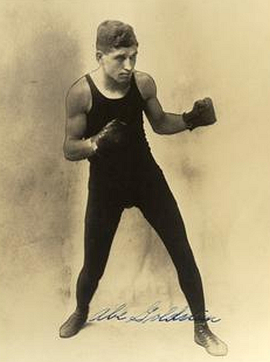
On November 5, 1920, Goldstein, by then a bantamweight, fought his first bout towards future bantam champ Joe Lynch, a rugged Hell’s Kitchen brawler who had already shared a hoop with Child Williams, Pete Herman, and Jimmy Wilde. Lynch was set to combat Jackie Sharkey, however the day earlier than the combat, Sharkey pulled out with an injured left wrist. Goldstein’s supervisor received a name from promoter Tex Rickard, and Goldstein crammed the spot on a day’s discover.
Goldstein got here in at 115 kilos to Lynch’s 118 and the matchup proved to be an “attention-grabbing and scientific” one. Regardless of disadvantages in peak, weight, and expertise, Abe boxed properly behind his precision left jab, impressing many along with his ring smarts, however he drained as his first fifteen-round bout wore on. Lynch took the tenth and landed his feared proper hand on Goldstein’s jaw because the eleventh was nearing its shut. A tremor shot by way of Goldstein’s physique, and he instantly clinched. A “succession of pile-driving rights to the jaw” adopted, reported the Instances, culminating in a proper uppercut that ruined Goldstein, placing him flat on his again. Goldstein’s nook climbed into the ring to tug their mindless fighter to the nook earlier than the referee completed his rely.
The loser took dwelling $2,500 (about $40,500 in 2024 {dollars}), undoubtedly his largest payday but. Regardless of the knockout loss, the sportswriters unanimously credited Abe with giving an excellent account of himself, and reigning flyweight king Jimmy Wilde advised sportswriters that the teen appeared like a strong contender for the bantamweight championship, however it could be Lynch who received the shot at Herman’s title the subsequent month; he received it with a unanimous choice. In the meantime, Goldstein and Arcel went undefeated of their subsequent eleven bouts, together with a no-decision bout with future Corridor of Famer Child Williams in Philadelphia.
Abe’s subsequent vital match got here towards New Jersey’s Johnny Buff for the vacant flyweight championship of America. As a result of Abe had been preventing as a bantamweight of late, some sportswriters doubted he might make the flyweight restrict of 112 kilos. He astonished them by coming in two kilos beneath on March 31 on the packed New York’s Manhattan On line casino. However the weight-draining could have sapped him, as he suffered his first knockout loss since dealing with Lynch. It was an exhilarating, fast-paced match from the beginning however didn’t final lengthy. In response to the author for the Tribune, Abe was getting the higher of the motion till Buff beat him to the punch in an alternate of proper palms within the second spherical. Goldstein “flopped to the canvas like a bag of bricks.” Abe tried to make it to his toes however collapsed once more and was writhing on the canvas when the ten-count completed.
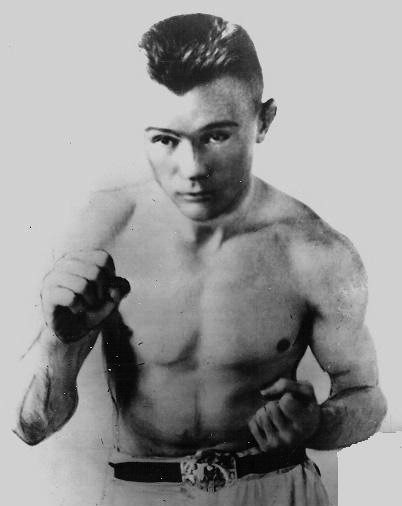
“The earlier Abe Goldstein devotes all his consideration to the bantam class and bins at his regular weight, the higher for him,” commented the Herald’s Charles F. Mathison after the combat. “No man weakened by drastic discount can stand a punch on the jaw, and Goldstein appeared like a hungry ghost when he stepped into the ring.”
Ray Arcel couldn’t have agreed extra. “Weight making is an artwork,” he as soon as stated. “It’s typically dangerous for a fighter however loads of it depends upon the construct of the person… Abe Goldstein, he was a wiry, slim child and all he needed to do was take a shave and he was at his preventing weight. To take something off Goldstein was inconceivable with out hurting him.” Arcel and Goldstein, nonetheless studying the ins and outs of their respective trades, had discovered their newest lesson. Abe by no means once more fought as a flyweight and went undefeated in his subsequent 29 bouts.
Combating as typically as 4 occasions inside three weeks, Goldstein ran by way of many of the greatest bantams within the Northeastern U.S. over the subsequent yr and the New York papers now routinely referred to him as “The Delight of the Ghetto.” On Might 19, 1922, Abe outpointed the undefeated future Corridor of Famer Frankie Genaro in Madison Sq. Backyard. The author for the Each day Information known as it an excellent combat, however his colleague on the Herald thought the preventing appeared extra like waltzing; on the finish, he wrote, not a hair on Goldstein’s head was misplaced.
Nineteen days later, Goldstein was in an open-air Jersey Metropolis area to face one other future Corridor of Famer, the Filipino phenom Pancho Villa. It was Villa’s U.S. debut and an in depth one. The aggressive and fast Villa pushed Goldstein to the bounds of his ability and fortitude, however the New Yorker scored a knockdown within the seventh, and the writers in attendance got here away satisfied Abe deserved the nod. Official selections had been nonetheless unlawful in New Jersey.
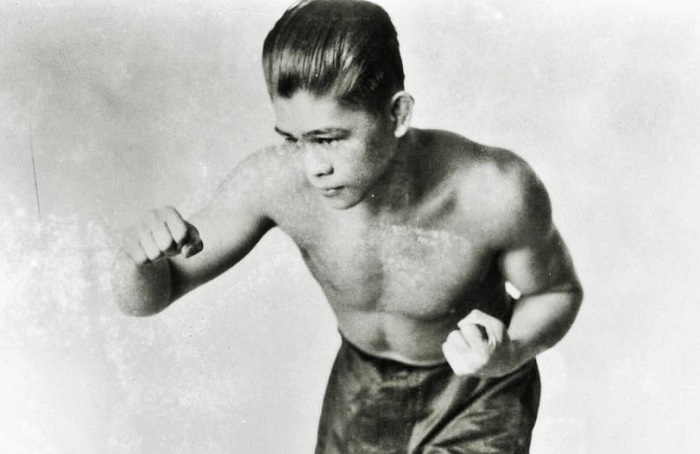
A Goldstein vs Villa rematch was so as. Initially, betting had Goldstein as the favourite, however on November 15, the day earlier than the combat, the percentages had shifted Villa’s manner. At 115 ½ kilos, Abe weighed 5 kilos heavier than his opponent on the day of the battle; Villa’s belt wouldn’t be on the road. Tickets bought out upfront by late morning, and upset followers stormed the Madison Sq. Backyard gates shortly earlier than combat time, overrunning police. Fifteen thousand individuals, one of many largest crowds to that time within the venue’s historical past, witnessed a disappointingly one-sided combat. In response to the Instances, Goldstein fought too defensively, and Villa outpointed him in virtually each spherical.
“There by no means was a worse exhibition of lack of gameness than what Goldstein exhibited final evening,” hyperbolized William J. Granger within the Brooklyn Citizen the subsequent day, feeling that Goldstein was in “awe” of Villa. One other author thought he appeared like “a scared second-rater.” Catcalls rained down from the stands upon Abe all through the combat, however he remained in retreat. The judges awarded the Filipino a unanimous choice.
As soon as once more, Abe’s overly defensive strategy derailed his momentum towards a championship match and he needed to rebuild his repute but once more. The next two years would discover him in rings everywhere in the Northeast. Between December 1921 and October 1923, Goldstein scored ten wins towards one loss, with 5 no-decisions.
Joe Lynch was nonetheless the world’s bantamweight champion, however boxing politics opened a door for Abe Goldstein to get into the title image. And to assume all of it supposedly began with a pet canine. Lynch failed to indicate up for the weigh-in forward of his title protection towards Chicago’s Joe Burman on October 19, 1923. He claimed he had tripped over his canine and suffered a shoulder damage, however the fee wouldn’t purchase it. They stripped Lynch of their recognition and declared Burman their new champion.
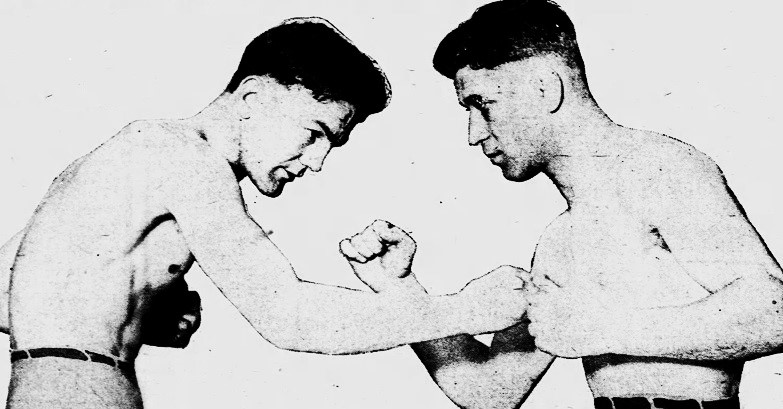
Extra importantly, promoter Rickard wanted somebody to fill the function of title challenger for that night’s occasion. He known as dependable Abe Goldstein. Abe had already fought thrice previously three weeks; he was in form and greater than prepared to battle for a title on a couple of hours’ discover.
English-born Burman was a first-rate bantamweight who had by no means been knocked out. Lower than 5 thousand turned out to Madison Sq. Backyard to see the combat between the paper champ and his last-minute challenger. Abe got here in a half pound beneath the bantam restrict. Over the twelve-round distance, his constant left jabs dealt Burman the “lacing of his profession,” reported the New York Each day Information. His proper hand rocked Burman on a number of events, and he took New York’s portion of the championship in a shock upset.
To everybody’s shock, the stage was set for a Lynch vs Goldstein rematch to find out the undisputed champion. Some weren’t satisfied Abe stood a lot of an opportunity. One paper known as him “the very best and worst fighter within the bantamweight division,” mentioning his inconsistent performances in large fights. There was additionally the truth that Lynch had flattened Goldstein of their prior assembly. On the day of the match, Lynch was the two-to-one betting favourite.
New Yorkers packed the Backyard to capability to look at hard-hitting West Sider Lynch tackle the intelligent East Sider Goldstein on March 21, 1924. They witnessed an unexpectedly one-sided contest. “The Delight of the Ghetto” placed on a near-flawless efficiency. Mixing aggression and motion, he surprised Lynch a number of occasions and fully befuddled him on others. Together with his jab as energetic and correct as ever, Goldstein had Lynch in retreat as early as spherical two and exhausted by spherical six. Lynch’s feared proper hand was conspicuously absent within the combat till late within the match. He tried for a fight-salvaging knockout at occasions however by no means got here near carrying out his purpose. The author for the Each day Information gave Abe Goldstein fourteen of the fifteen rounds. The judges’ choice in Goldstein’s favor was a forgone conclusion.
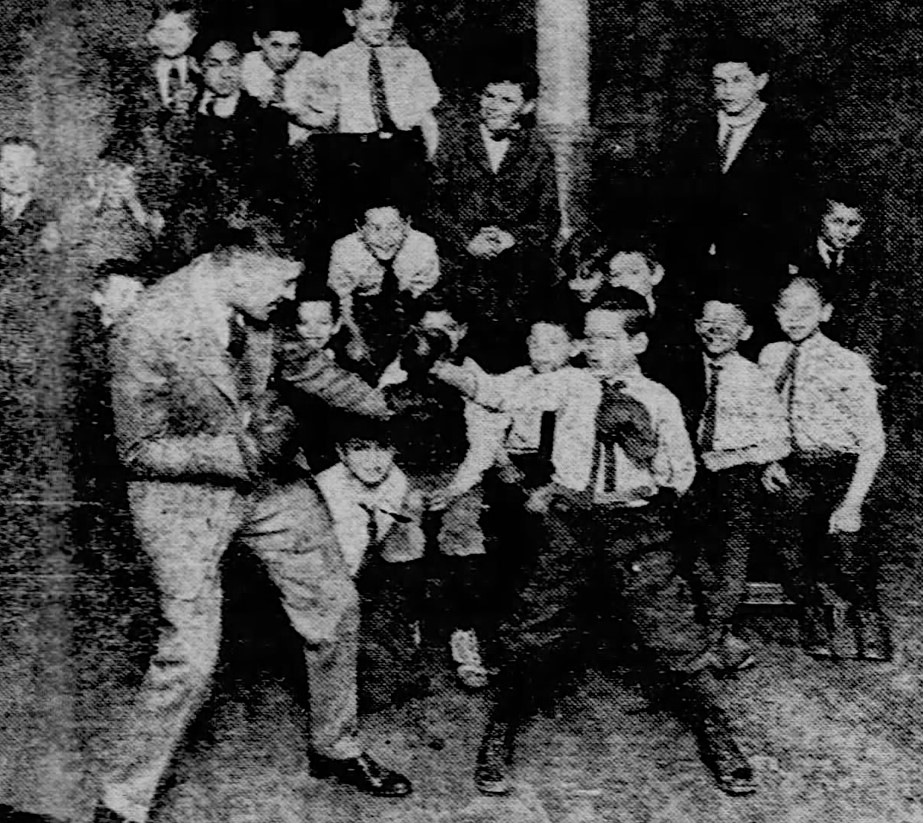
25-year-old Abe Goldstein was the primary Jewish bantamweight champion of the world. He was additionally coach Ray Arcel’s first boxing champion. Acknowledging his nameless beginnings, Abe visited the place the place it began for him a couple of days later. He returned to the Hebrew Orphan Asylum to go to with the youngsters there, a proud new champion inspiring these swept apart by society. He spoke with them, clowned round with them, and reminisced on the lengthy, five-year journey of shifting fortunes that led to his heroic rise to a championship. He was certainly “The Delight of the Ghetto.” –Kenneth Bridgham
















